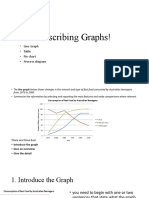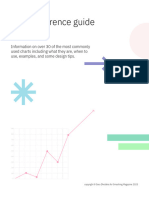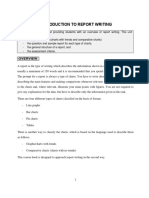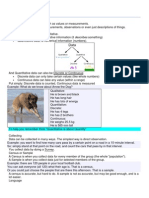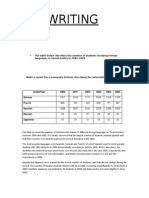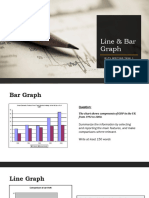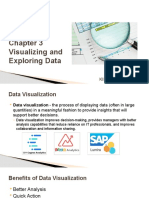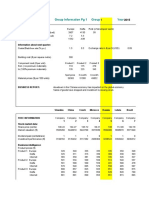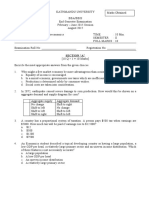0% found this document useful (0 votes)
12 views39 pagesIDS Week 7
The document provides an overview of multivariate data analysis, focusing on dependence and interdependence techniques, including factor analysis and cluster analysis. It also covers how to describe various types of plots, such as line graphs, pie charts, bar plots, and scatter plots, emphasizing the importance of trends and relationships between variables. Additionally, examples are provided to illustrate the application of these concepts in analyzing data and presenting findings.
Uploaded by
AmbreenCopyright
© © All Rights Reserved
We take content rights seriously. If you suspect this is your content, claim it here.
Available Formats
Download as PDF, TXT or read online on Scribd
0% found this document useful (0 votes)
12 views39 pagesIDS Week 7
The document provides an overview of multivariate data analysis, focusing on dependence and interdependence techniques, including factor analysis and cluster analysis. It also covers how to describe various types of plots, such as line graphs, pie charts, bar plots, and scatter plots, emphasizing the importance of trends and relationships between variables. Additionally, examples are provided to illustrate the application of these concepts in analyzing data and presenting findings.
Uploaded by
AmbreenCopyright
© © All Rights Reserved
We take content rights seriously. If you suspect this is your content, claim it here.
Available Formats
Download as PDF, TXT or read online on Scribd
/ 39




